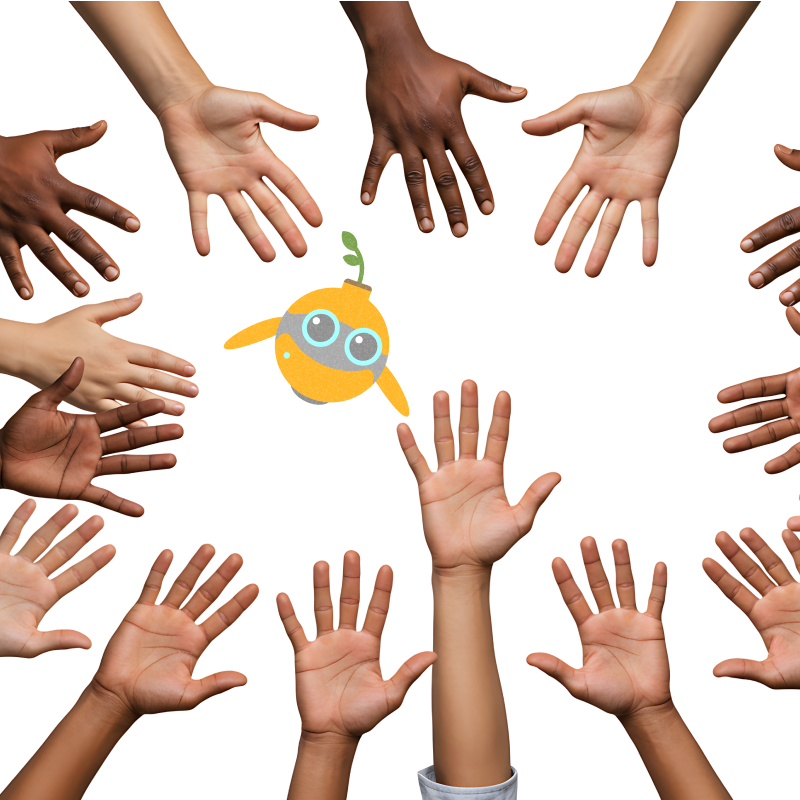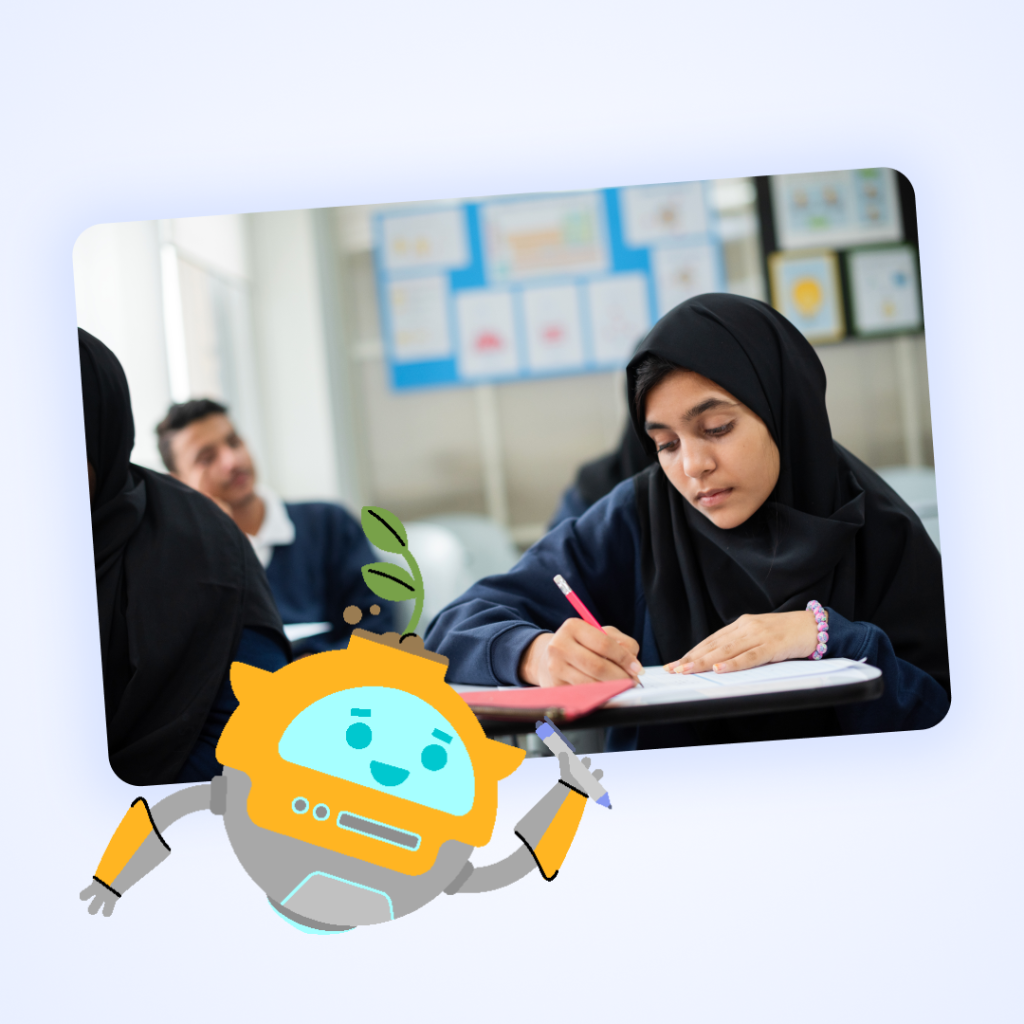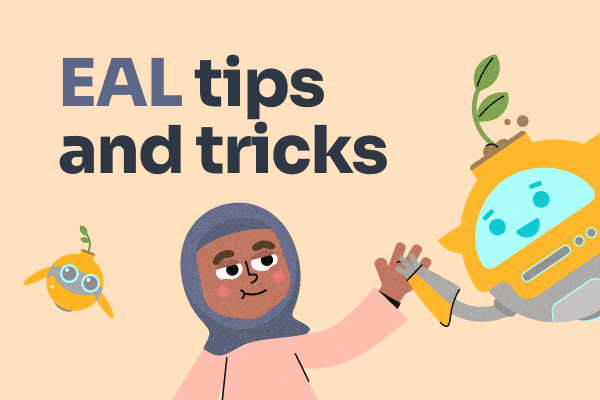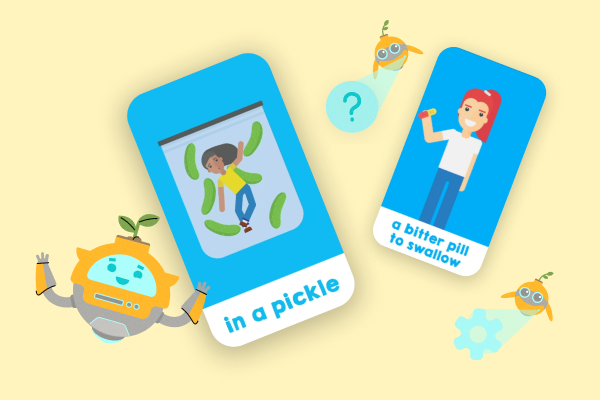

Inclusion in schools – a personal reflection
Although I was born in London, I grew up in the Midlands as the only non-white pupil at Catshill Primary School. I didn’t have a language barrier, but I was acutely aware of being different – in my appearance, my lunchbox, even the way my parents spoke to other parents at the school gates. That sense of otherness sparked a self-awareness that shaped much of who I am today. Looking back, I realise that what I needed wasn’t just acceptance or achievement, but belonging – something all EAL learners seek when navigating a new linguistic and cultural landscape.
For EAL learners this sense of otherness is even more acute, as they integrate into a new culture, language, social norms and often amidst the throes of adolescence.
Increasing multilingualism and inclusion in schools: The challenge for teachers
In England, Department for Education data shows that over 21% of pupils have a home language other than English. This same picture is reflected across the UK, with EAL numbers increasing by 28% in a five-year period in Wales. Many schools across the UK have more than forty languages spoken in their classrooms. This is also reflected in international schools, where mobility, migration and international recruitment mean that an increasing number of schools are now teaching multilingual cohorts.
For teachers this raises issues of time and resources, with them often navigating EAL on top of existing workload rather than via a distinct job role. But for these pupils, English isn’t just another subject. It’s the gateway to everything else. Without it, their opportunities narrow dramatically – and their sense of belonging diminishes further.
Why is belonging important to academic achievement?
A meta-analysis by Uslu (2024) found that a strong sense of belonging in school has a clear, positive impact on academic performance and that emotional connection is as vital to learning as curriculum or instruction. According to PISA[RB1] findings, adolescents who feel like outsiders at school score significantly lower – for example around 22 points lower in science on average across OECD countries. Feeling you belong isn’t a luxury, but a tangible predictor of performance.
Inclusion in schools is more than just translation. Studies consistently show that teacher empathy, availability and emotional support are pivotal to a pupil’s sense of belonging. It’s about creating an environment where EAL learners feel a sense of safety, trust and the ability to take risks without fearing failure or judgement. That environment needs to be shaped across the whole school.
A pupil’s English language proficiency is also one of the strongest predictors of how well they’ll do in school. The Bell Foundation analysis of local authority data found it is five times more powerful than background factors like gender or family income as a predictor of achievement. With this additional barrier, ensuring EAL learners’ inclusion in schools through a strong sense of belonging is key to their success.
The new Ofsted framework includes inclusion in schools as a standalone evaluation area for the first time, in recognition of the importance this plays in attainment. There is also an EAL-specific area in the state-funded schools toolkit, which you can read more about in our blog. This emphasises how important it is that schools shape their inclusion practices in the right way.

Belonging as the foundation for creativity and potential
When learners feel safe and accepted, they move from survival mode to creative mode. Neuroscience tells us that creativity and problem-solving thrive when we’re not in a state of vigilance or fear of failure. For many EAL learners, that hyper-awareness of difference – the constant effort to decode language, cues and norms – can suppress the playfulness that fuels creativity.
Yet it’s in that very diversity that the greatest potential lies. As Matthew Syed explores in Rebel Ideas, the more diverse the group, the greater its collective intelligence. Diverse perspectives lead to better innovation – but only when every voice can be heard. A multilingual classroom, then, has a higher ceiling of potential than perhaps any other. The challenge is to create the conditions where communication flows freely, where mistakes are seen as part of learning, and where every pupil feels safe enough to contribute their perspective.
How FlashAcademy® supports belonging and inclusion in schools
FlashAcademy® was born of my own journey to discovering a sense of belonging and a desire to ensure that no child is held back by a language barrier.
I’ve been fortunate to share this vision with a committed team. Together, we’ve created our EAL learning app and assessment platform to help over 700,000+ learners achieve in classrooms and beyond.
Inclusion is driven by culture, and while FlashAcademy® is one part of a whole-school strategy, it can be a significant one. One of the schools we support, Thistley Hough Academy, shared that 95% of their EAL students progressed with FlashAcademy®. A specific group of their students who had struggled to find their sense of belonging in the school were given valuable English language skills, confidence and social adaptability through their use of the app. They’re now pursuing the college courses they had always hoped to.
We’ve built the platform to provide support in 48 home languages, with learners being able to set the interface in the learning app to their own language. As well as helping to build connections between home language and English words, this creates a valuable sense of familiarity, recognition and belonging for our EAL learners. For some schools, it’s a key reason for their integration of FlashAcademy® into their EAL strategy, recognising that multilingualism is something to celebrate.
FlashAcademy® also follows EAL learners throughout their journey in the school. We provide unlimited teacher logins so each teacher across every subject can see an overview of their learners’ progress and understand their journey.

Towards a culture of belonging
We speak to our customers regularly to find out how they use FlashAcademy® and it’s an honour to hear about innovative, inclusive teaching that cements the role of EAL learners as key members of the school community.
A lot of our schools aim to keep EAL learners integrated with their peers most of the time, starting lessons with games or low-pressure activities to help build new friendships. Low-stakes opportunities to practice are an important part of their strategy. Using our pronunciation tool is an important element of this, allowing students to practice their speaking skills without pressure.
Schools that nurture belonging don’t only improve attainment but truly unlock creativity. When EAL learners feel confident to play with language, to take risks and to express ideas, classrooms become more innovative places. The diversity of thought that Rebel Ideas celebrates already exists within our schools; it just needs the right environment to shine.
Dual language books or bilingual dictionaries can enable EAL learners to continue to build their vocabulary and make associations with their home language, creating familiarity. Some schools use a language buddy scheme, with older students who speak the same language serving as a support during transitions. You can read more about some of our customers’ ideas in our blog, EAL activities: tips and tricks.
Representation really does matter to belonging. I arrived at school and was acutely aware that nobody looked like me. Schools can help through using texts, displays and resources that reflect diverse cultures, names and experiences helping learners to see themselves represented.
Culture is central to identity and it can form part of the strategy around inclusion in schools in celebration of cultural festivals, learning words in EAL learners’ home language for the class to share, or sharing an item of food from somebody’s home language country.
Creating a sense of belonging for EAL learners requires a whole-school approach – from senior leadership planning and policy to classroom practice and peer culture. When every teacher, every student and every leader recognises the value of each learner’s voice, inclusion stops being an initiative and becomes a way of being.
Creating a sense of belonging for EAL learners isn’t only about fairness – it’s about unlocking the collective potential of every classroom. When each learner feels safe to contribute, the classroom becomes a microcosm of the kind of creative, collaborative society we want to build.
This celebration of the rich tapestry of EAL experience continues to drive me – and all of us at FlashAcademy® – to do better. Every learner deserves the opportunity to unlock their potential.
Belonging is where learning begins. And we’d love for you to join us on that journey.

